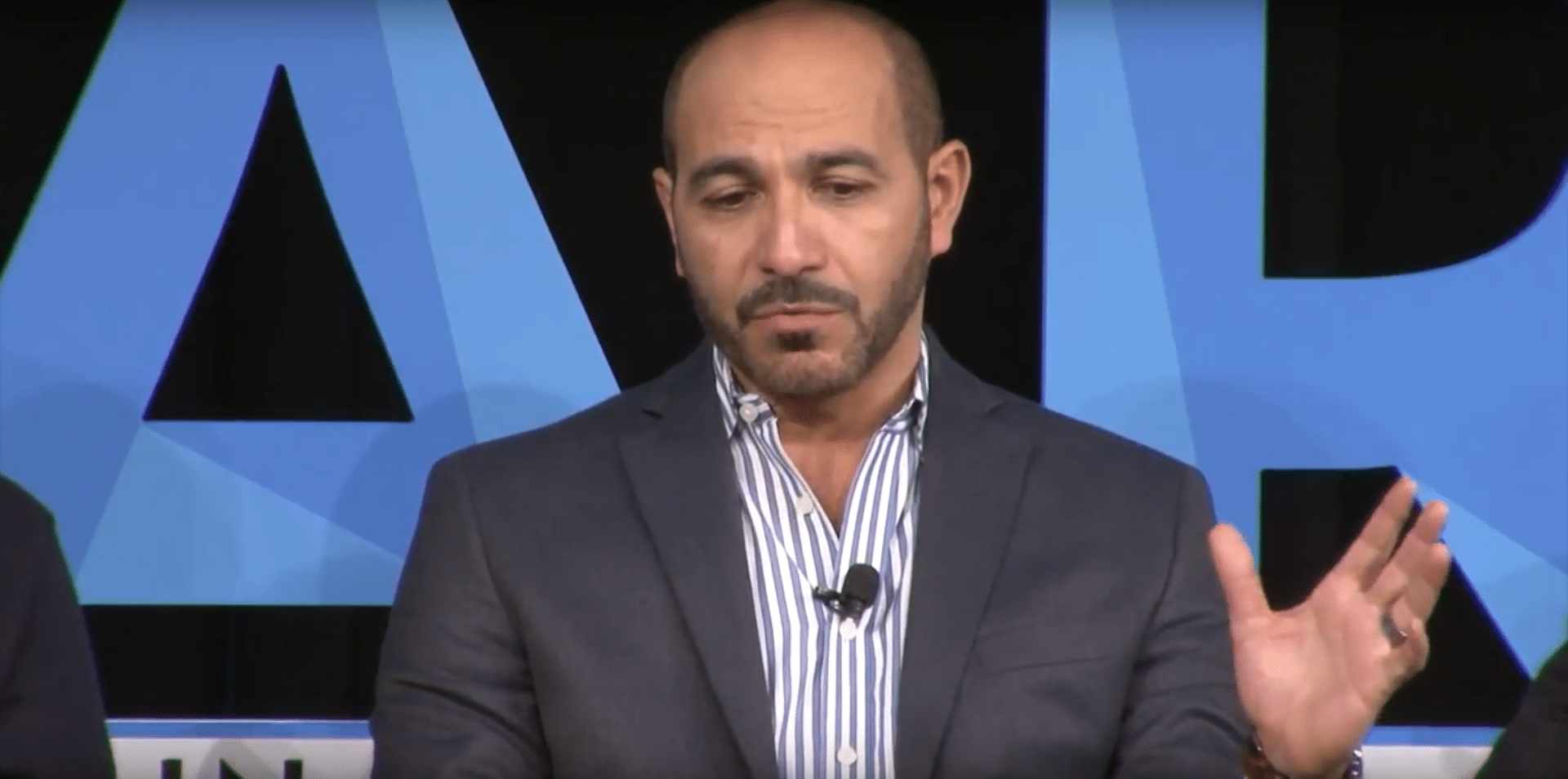
XR Talks is a weekly series that features the best presentations and educational videos from the XR universe. It includes embedded video, as well as narrative analysis and top takeaways.
One strategic imperative for XR startups is to maintain focus. Though it’s a wide-reaching sector, finding a killer app requires specialization for the nuances of a given use case or target market. This was the topic of a recent panel discussion at January’s ARiA conference (video below).
“Let’s say you want to look at merchandise or shopping or medicine,” said MIT Media Lab Researcher Vik Parthiban. “Zone in on what’s needed, then build an application around that, versus building an entire platform and saying that’s going to be useful for every application.”
For Meta, that killer-app focus is in a few specialized areas including design and architecture. According to Meta CRO Joe Mikhail, it’s about improving design and review phases using AR. That immersive capability for visualizing building designs can avoid costly mistakes downstream.

“How do we get into the details so that we don’t break ground and then find out that we’ve missed the intent and that becomes a very costly problem,” he said. “So that’s where I would say our killer app is today — to expedite the design review cycle, not necessarily the creation cycle.”
The other lesson is that killer apps usually adress high value problems. Cost savings or revenue gains that get into high dollar amounts are fertile ground for XR. A high-value vertical for example is finance and equities trading, which Virtual Cove addresses with AR data visualization.
“A startup needs to fund themselves and you fund yourself through the highest value proposition you can find,” said Virtual Cove CEO Bob Levy. “In financial markets, obviously whoever understands the most wins, so that’s a high-value use case.”
For Nike, there’s likewise lots of value on the line, considering its role in aiding performance for high-value athletes. Nike’s Ian Muir says the company is researching AR’s ability to monitor performance for every-day athletes, but also visualizing in-game play for NBA players.

As for a metric to assess the value of a given killer app, Meta’s Joe Mikhail asserts that it’s all about the end-user’s ROI, just like it is with most products. So anything that’s directly tied to revenue generating activity, such as sales, usually has a high perceived ROI for the end-user
“Visualization of a high-fidelity model allows for more rapid design-review cycles, lower 3D printing costs or higher sales conversations.” he said. “Or with large equipment that cost millions of dollars, you can put the customer into an experience and have a sales conversation.”
But with all the potential opportunities and use cases for XR, it’s about prioritization. Startups can eventually move into a broader play, but early stages call for that narrower focus. So how do you choose? It’s a combination of where your competency lies, and fishing where the fish are.
“In financial markets people are literally competing based on who has the best information… giving them an edge is an extremely high value proposition,” said Levy. “So you can envision a rank-ordered list of segments to go after based on the value of the problem that you’re solving.”
For a deeper dive on AR & VR insights, subscribe to ARtillry Intelligence Briefings, and sign up for the free ARtillry Weekly newsletter.
Disclosure: ARtillry has no financial stake in the companies mentioned in this post, nor received payment for its production. Disclosure and ethics policy can be seen here.
